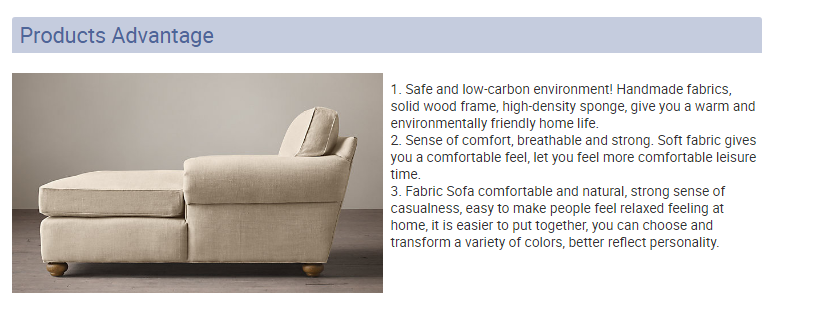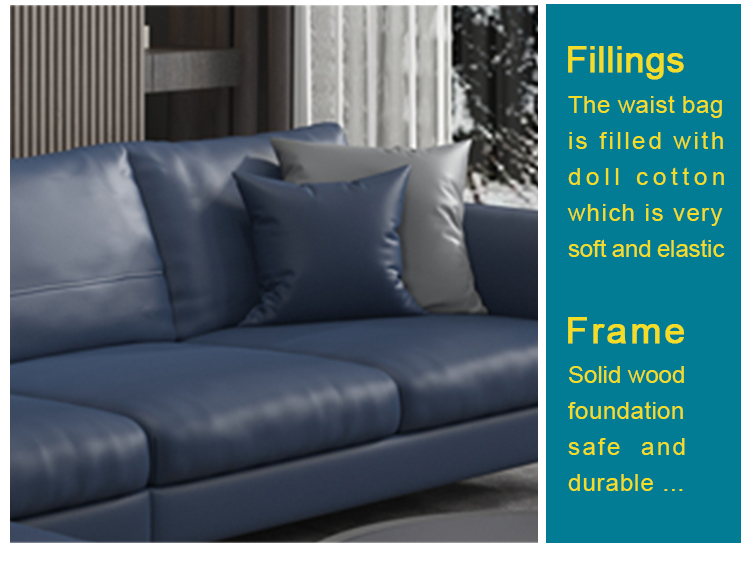Title: Repairing Leather Sofas: A Comprehensive Guide
Leather sofas are a popular choice for many homeowners due to their durability and elegance. However, just like any other furniture, they require maintenance to keep their appearance and function intact. Repairing a leather sofa is not as complicated as it may seem, and with the right tools and techniques, you can restore your beloved piece to its former glory. This comprehensive guide will cover everything from identifying common problems such as cracks, stains, and frayed edges to providing detailed step-by-step instructions on how to repair them. You'll learn how to use various tools like a leather awl, needle, and thread to repair small damages, as well as how to replace worn-out leather cushions and covers. Additionally, we'll discuss the importance of maintaining proper cleaning and conditioning techniques to keep your leather sofa looking its best. By following these guidelines, you'll not only extend the life of your leather sofa but also ensure that it retains its beauty and comfort for years to come. So, whether you're a seasoned DIY enthusiast or just starting out on your leather sofa repair journey, this guide has got you covered.
Introduction
Leather sofas are a popular choice for their durability, comfort, and aesthetic appeal. However, as with any furniture piece, they require regular maintenance to ensure their longevity. One of the most common issues faced by leather sofa owners is the deterioration of the leather due to exposure to wear and tear, aging, or improper care. In this guide, we will discuss the various methods and techniques used for repairing damaged leather sofas, including identifying the issues, selecting the appropriate repair method, and maintaining the repaired couch for long-term success.

Identifying Issues in Leather Sofas
Before attempting to repair a damaged leather sofa, it is important to identify the specific issue that needs to be addressed. There are several common problems that may affect the appearance and functionality of a leather sofa, including:
1. Cracks and wrinkles: Wrinkles and cracks can be caused by improper seating, heavy objects being placed on the sofa, or simply the natural aging process.
2. Stains and fading: Leather can absorb stains from food, drinks, and other liquids, causing discoloration over time. Sunlight and heat can also contribute to fading.
3. Cracks and tears: Splits or tears in the leather fabric can be caused by excessive use, improper cleaning methods, or damage from sharp objects.
4. Peeling leather: The skin on the surface of the leather can peel away due to wear and tear, improper cleaning, or exposure to harsh chemicals.
Selecting the Appropriate Repair Method
Once you have identified the issue affecting your leather sofa, it's time to decide which repair method to use. The choice of repair method will depend on the severity of the damage and the type of leather involved. Some common repair methods include:
1. Sewing: Small tears or punctures can often be repaired using a needle and thread. This method requires patience and skill to do properly, but it is generally effective for minor damages.
2. Welding: Large tears or holes can be repaired by melting and reapplying a small amount of leather onto the affected area using a special welding machine. This method is more expensive than sewing but can create a stronger bond between the pieces of leather.

3. Leather restoration: For more severe damage like deep cracks or faded areas, professional leather restoration services may be necessary. These experts can apply a protective coating to restore the original appearance of the sofa while also protecting it from future damage.
Maintaining Your Repaired Couch
Once you have completed the repair work on your leather sofa, it's important to maintain its condition for long-term success. Here are some tips to keep your repaired couch looking its best:
1. Keep it clean: Regularly clean your leather furniture using a mild detergent and water mixed with a small amount of vinegar or lemon juice. Apply the solution using a soft cloth and wipe gently, ensuring not to saturate the leather. Avoid using abrasive cleaners or sponges that can scratch the surface of the leather.
2. Protect against sun damage: Direct sunlight can cause cracking and fading in leather. Use curtains or blinds to block out excess sunlight or invest in a UV-resistant spray applied to the furniture's surface.
3. Store carefully: When not in use, store your repaired leather sofa in a dry place away from direct sunlight and heat sources. Consider using a cover made from fabric or a protective sheet when storing it during periods of high humidity or cold temperatures.
Conclusion
Repairing a damaged leather sofa is an investment in both your home decor and furniture longevity. By following these steps and choosing the appropriate repair method based on the severity of the damage, you can restore your beloved sofa to look like new again. Remember to regularly maintain your repaired couch by keeping it clean and protected against sun damage and extreme weather conditions to ensure its beauty lasts for years to come.
Articles related to the knowledge points of this article:
Title: The Timeless allure of Chanel ties
Title: Mastering the Art of Tie Knotting: A Guide to Tying Bachelors Grooming Accessories
Air Hostess Scarf: A Fashionable Accessory for Stylish Airline Stewardesses



